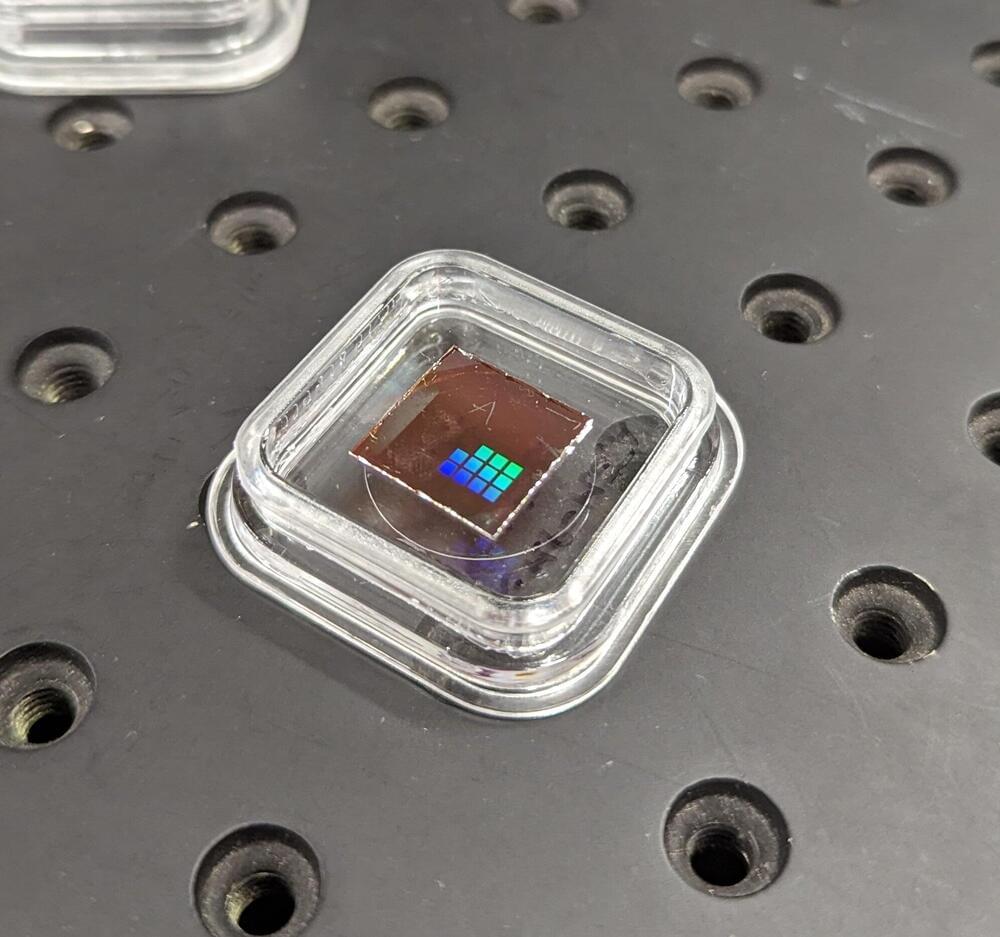Jul 9, 2024
Invisible Shield: Wearable Air Curtain Blocks 99.8% of Aerosol Viruses
Posted by Saúl Morales Rodriguéz in categories: food, wearables
Headworn tech from a University of Michigan startup could protect agricultural and industrial workers from airborne pathogens.
Taza Aya has created a hard hat with an air curtain that prevents nearly all aerosols from reaching the face, using nonthermal plasma to ensure air purity. Proven effective in tests, this innovative device is designed for industries needing strong respiratory protection and will be available by 2025.
Continue reading “Invisible Shield: Wearable Air Curtain Blocks 99.8% of Aerosol Viruses” »

















